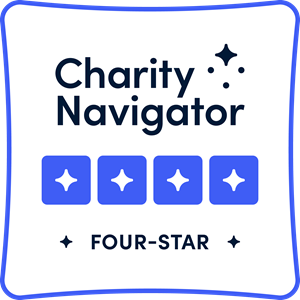If You Build It, They Will Come
For an organization with the word “community” in the middle of its title, there may be no more important question than this: How do you build and grow our Jewish community?
Well, according to Wendy Verba, a senior program officer at the Jewish Community Federation and Endowment Fund, one part of the answer to that question is clear: “wine and cheese gatherings don’t constitute a community.”

And there is nothing glib about that response. There was a time in our history when convening a Jewish community came a bit easier. Between our shared culture, shared language, and an exclusionary anti-Semitism that pervaded many outside institutions, what choice did we have other than to seek one another out and build something of our own? The virtues of community didn’t need to be sold to the Jewish people because the demand was already there.
But ironically, in the years that have passed, the successful integration of American Jewry into mainstream American life has undermined our need for a cohesive Jewish community. In other words, there are a whole lot more choices available to American Jews today, particularly in the Bay Area where there is never a want for things to do, join, or identify with. So how do we get it back? How do we reinvigorate our sense of belonging?
“Well, we know we can’t just throw people in a room together and assume that a real sense of community is going to flourish from that alone,” said Wendy. “What we’ve been learning is a much more intentional set of community building principles that are very specifically designed to generate a sense of connectedness, belonging, trust, shared purpose, and commitment.” But as Wendy is quick to acknowledge, identifying those principles is one thing, creating an environment that fosters them is quite another. It’s doable, as evidenced by several success stories, starting with the Irving Rabin Community Building Mission to Israel, under the guidance of Dr. Sarale Shadmi-Wortman, an Israeli community building scholar and Federation consultant.
“That trip brought together CEOs and organizational leaders who really don’t get to play in the same sandbox; and even the ones that did, hadn’t necessarily known each other long if they were new in their roles but… literally starting with the way we physically set up the rooms and structured our sessions, we were able to foster a level of collaboration that has been incredibly fruitful for our community almost a year and a half later.

Irving Rabin Community Building Mission to Israel
So today, we have organizations that you wouldn’t expect to see together cosponsoring events: We have Hillel houses working with programs like JIMENA and Urban Adamah in order to give Jewish college students a connection to Jewish communal life after college… We have an orthodox rabbi in dialogue with a Kitchen rabbi, we have reform rabbis and conservative rabbis and day school leaders thinking together, planning together, celebrating together looking for opportunities to collaborate organizationally and using each other as colleagues to support each other.”
What’s exciting Wendy most about new trends in community building is the unique role that the Federation is playing. “We’re sitting at a place in the community where we have a birds-eye view, where we are in relationships with so many different players and organizations from established institutions to synagogues to new Jewish startups and innovators… so we have that breadth and those relationships that you need to help people break down silos and make connections with each other.”
If you or your organization are interested in finding new and creative ways to collaborate within the Jewish community, please contact Wendy Verba at WendyV@sfjcf.org or 415.369.2885.


